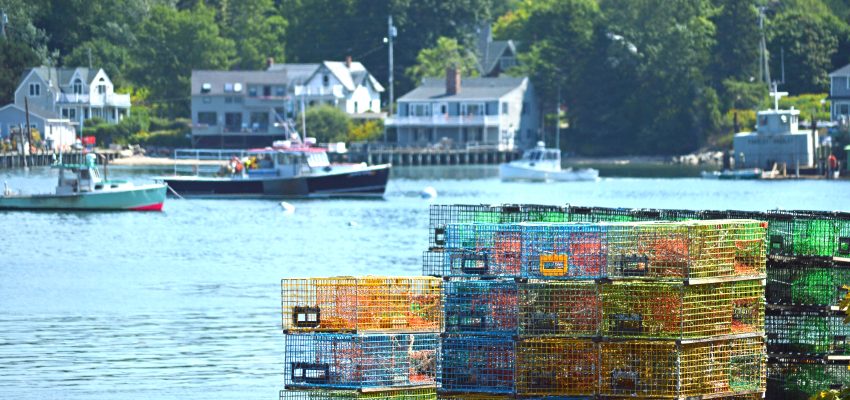
Lobster was not always appreciated as food. Native Americans used lobster to fertilize their fields. During the 1600s, in colonial America, lobsters were considered “poverty food”. They were served to prisoners and indentured servants (people who exchanged their passage to America for seven years of service to their sponsors). Some of these servants rebelled and successfully had it added to their contracts that they would not be forced to eat lobster more than three times a week.
From the late 1700s, lobster gained appreciation as food. Laws to protect the lobster resource for future generations were first established in the early 1870s and responsible fishing has been the highest priority of the U.S. American lobster industry since then. A long history of responsible fishing and science-based, conservation management practices backed by state and federal laws have produced a sustainable and profitable resource.
Today, fishery managers rely on scientific data to effectively manage fishing. Since 1963, abundance and distributions studies have been conducted every spring and fall throughout the U.S. range of American lobster. This ‘time series’ provides managers with detailed information concerning lobster abundance. It also constitutes the world’s longest, most comprehensive standardized measure of distribution and abundance trends in commercially harvested seafood.
Responsible fishing has always been the highest priority in the U.S. American lobster fishery. U.S. American lobsters, also known as Maine lobster, are distributed in the Northwest Atlantic from Maine to North Carolina from near shore to the outer edge of the continental shelf.


